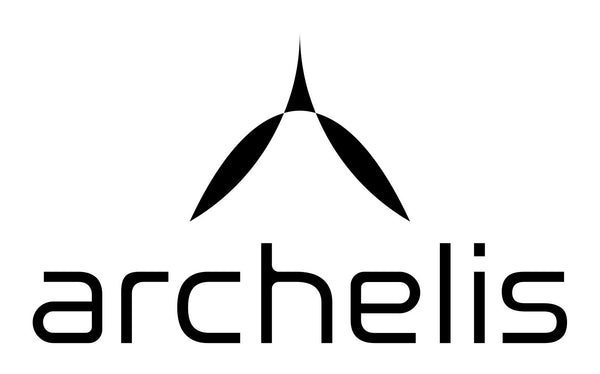
What is the OWAS method? Risk assessment of working posture and improvement of the workplace environment
Share
1. What is the OWAS Act?
The Ovako Working Posture Analysis System (OWAS) is a method for observing posture during work and evaluating the load on the body. It was developed by Ovako in Finland in the 1970s and is used to analyze the workload in on-site work, mainly in the manufacturing and construction industries.
The OWAS method classifies working postures based on the movements of the back, arms and legs, and quantifies the load level of each posture, allowing you to improve your working environment and identify risks.
2. OWAS Method Evaluation Criteria
The OWAS method assesses the degree of stress by observing the following four elements:
- Back posture (4 levels)
- How to use your arms (3 steps)
- Leg position (7 levels)
- Load weight (3 levels)
These postures are combined to quantify the overall workload of the work and are then rated on a four-point scale from 1 (no problem) to 4 (immediate improvement required).
| OWAS Load Levels | Evaluation Content |
|---|---|
| 1 | No particular problem |
| 2 | Needs improvement |
| 3 | Needs improvement as soon as possible |
| 4 | Immediate improvement needed |



3. Procedure for Application of the OWAS Act
The steps to apply the OWAS Act are as follows:
-
Conducting work observations
- The worker's movements are observed at regular intervals and each posture is recorded.
- Videos and photos can also be used for a more accurate analysis.
-
Posture classification
- Classify back, arms, legs and load types according to OWAS criteria.
- For example, "curving your back," "raising your arms above your shoulders," "standing on one leg," etc.
-
Calculating Load Levels
- Based on the collected data, the load level for each working posture is calculated.
- If there are many postures that fall under load levels 3 or 4, work improvements are required.
-
Consideration and implementation of improvement measures
- Improving working posture (e.g., introducing height-adjustable workbenches)
- Use of appropriate assistive devices (e.g., assist suits, standing support devices)
- Education for workers (e.g. teaching correct posture)
4. Examples of using the OWAS method
Example 1: Manufacturing assembly work
When an employee works on a factory assembly line, bending over for long periods of time, the worker may be rated as having a "back strain level 3" under the OWAS method. In this case,
- Adjust the height of your workbench to reduce slouching
- Improvement measures can be implemented, such as using an auxiliary chair for standing work.
Case 2: Lifting actions by caregivers
In nursing care, lifting a patient can put a lot of strain on the lower back. By applying the OWAS method, we found that a posture that bends the back too much is problematic.
- Introduction of lifting aids
- The burden can be reduced by taking measures such as providing instructions to caregivers on how to move the device.
5. Improving the Workplace Using the OWAS Method
Analysis using the OWAS method allows us to quantitatively grasp the load on the workplace.
- Reduce employee health risks (prevention of back pain and musculoskeletal disorders)
- Improved work efficiency (reduction of unnecessary movements)
- Realization of a safe working environment (reducing the risk of accidents)
You can expect:
6. Summary
The OWAS method is a useful tool for improving the work environment by evaluating posture during work and quantifying workload.
- Load assessment using the OWAS method
- Improved working posture
- By proactively introducing assistive devices, it is possible to reduce the burden on workers and create a safe and comfortable working environment.
